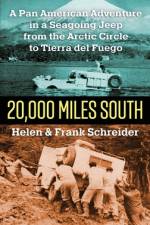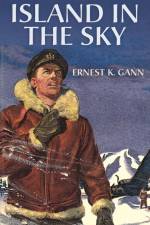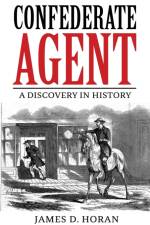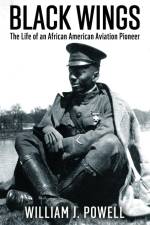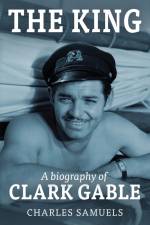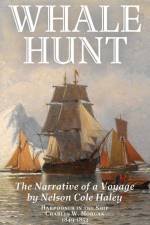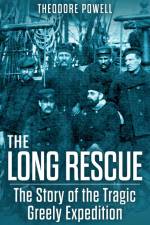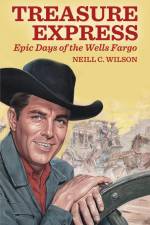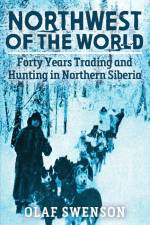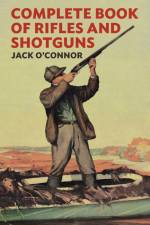av Harry Roskolenko
297
Poet on a Scooter, first published in 1958, is the lyrical account of American poet and journalist Harry Roskolenko, who traveled the world on a small Vespa scooter, eventually completing a 15-month, around-the-world trip of an epic 37,000 miles (21,000 miles of them by scooter).From the original edition dust-jacket: It was spring in Paris when Harry Roskolenko, poet and journalist, decided that it was time to leave the Left Bank and start a trip on a little scooter that eventually took him around the world, in what turned out to be an amazingly exotic and carefree physical and intellectual adventure. Like Columbus, he started from Genoa, but instead of using a ship, Mr. Roskolenko began his poetic journey on two small wheels and then scootered his way through the most exciting human and physical areas of the Mid-East and Far-East. He fished at the foothills of Mt. Ararat, then climbed up its high Biblical slopes; he slept at the tomb of Omar Khayyam in Persia, paying homage to the poet of roses and wine; he saw the good and the bitter in our troubled political world; he danced with Kurds, Turks and Australian aborigines, and almost found a temporary Moslem wife, a sigheh, at a mosque. He covered 37,000 miles through the most remote areas of Yugoslavia, Greece, Turkey, Iran, Afghanistan, Pakistan, India, Ceylon and Australia with humor, bounce, good will and insight. He met with wolves and tigers, bandits and politicians, ex-prime ministers, peasants, poets and editors; and though one tiger clawed at him, Mr. Roskolenko came through his odyssey in classical fashion, an unscheduled traveler who encountered many deadly hazards but coped with adventure and misadventure alike.This is a highly literate account of a most unusual and challenging journey through antique civilizations. In San Francisco, near the end of his trip, Mr. Roskolenko met the nihilistic Beat Generation on their embattled frontiers of jazz-poetry, pod and lament, but he soon headed for New York and home, having rediscovered the nature of man's faith - that which is outside of his immediate world - man's past, and his essential poetry in the world of others.



